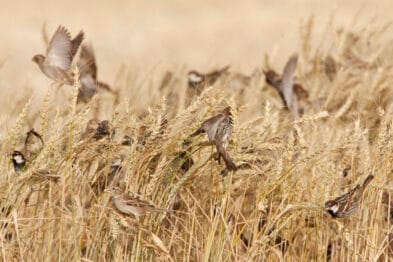by Andrew Jack
The large-scale disappearance of vultures in India was for years as much of a mystery as it was an apparent irrelevance. Yet recent groundbreaking research has demonstrated the cost of their loss to human health and planetary biodiversity alike — and helped to vindicate ways to measure academic work that aligns with societal impact.
Once ubiquitous across the subcontinent, vulture populations plummeted to almost zero in the late 1990s. The decline was subsequently linked to a surge in use by farmers of the veterinary painkiller diclofenac to treat fevers in livestock, once the drug’s patent expired and its price plummeted.
While harmless to humans, exposure to even small doses of the drug caused lethal kidney failure in vultures when they fed off the carcasses of previously treated animals. It led to an estimated reduction in numbers of the scavenger from 50mn to almost none.
The finding showed the importance of vultures as a pivotal “keystone species” in the ecosystem. Animal corpses that vultures previously stripped bare in just 40 minutes were consumed far less efficiently by a growing number of rats and dogs. These also spread disease while leaving infected and partially digested carcasses on land or in rivers.
As Eyal Frank at the University of Chicago and Anant Sudarshan at the University of Warwick showed in a paper published last year linking localised vulture losses to an increase in associated human disease, the drop in sanitation increased human mortality by more than 4 per cent, at an estimated cost of $69.4bn per year.
Their paper, “The social costs of keystone species collapse: evidence from the decline of vultures in India”, published in the American Economic Review in 2024, was one of the highest-scoring recent articles among business school and university publications measured by alignment with the priorities identified in the UN’s Sustainable Development Goals (see top 10 below).
























